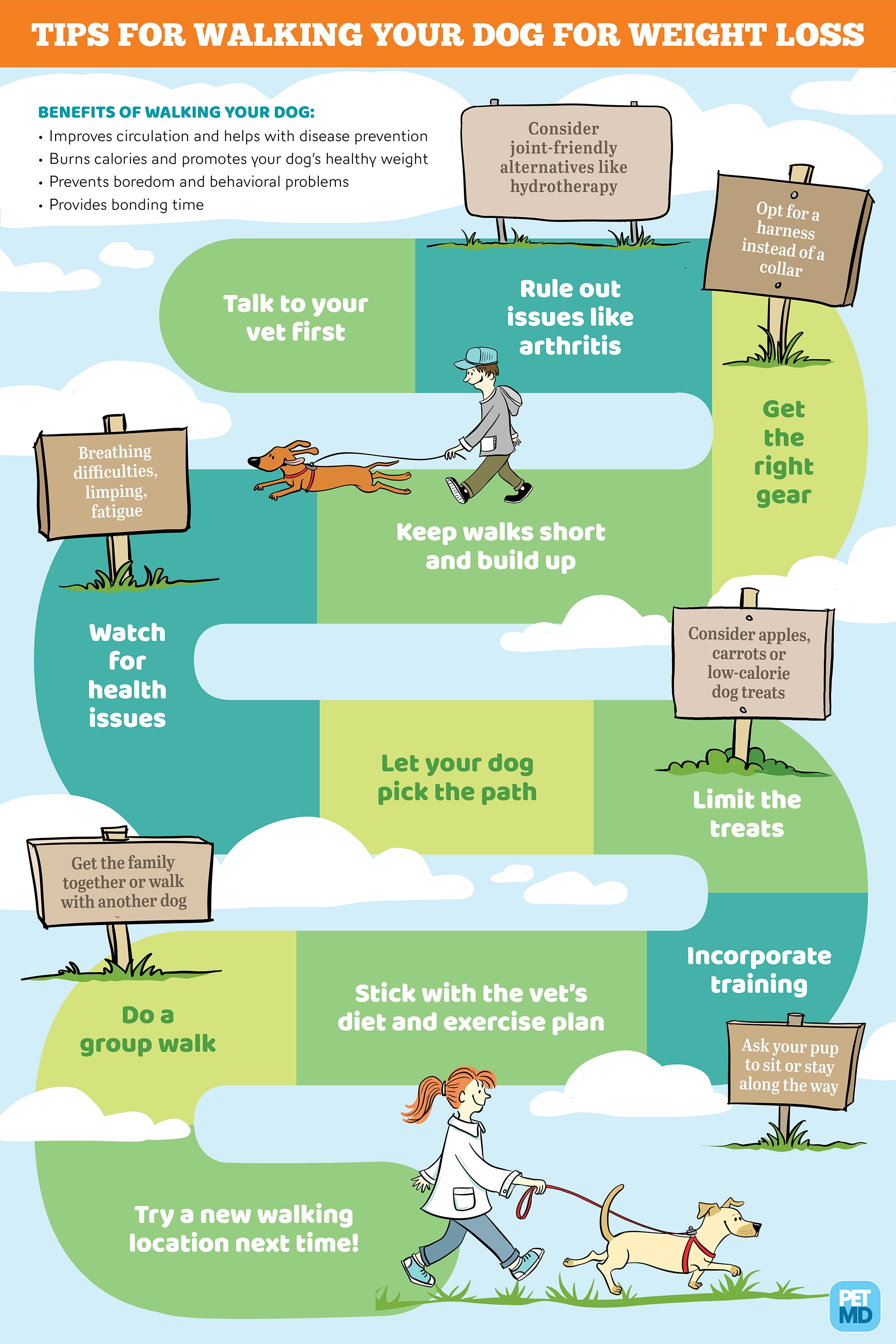Is Cold Laser Therapy A Hoax Or Legitimate Treatment
Is Cold Laser Therapy A Hoax Or Legitimate Treatment
Blog Article
Scientific Research on the Efficacy of Cold Laser Technique
Cold laser treatment is a beneficial tool to assist hurting administration and the healing procedure. It is typically used in sporting activities medicine, dermatology and acupuncture.
Cold lasers permeate deep into tissues and promote chemical changes without warming them. They lower swelling and swelling, speed up cellular activity and accelerate recovery.
Academic Background
Unlike the high-intensity lasers that surgeons use to puncture tissue, cold laser therapy makes use of light-emitting diodes to pass through right into your skin and promote healing. As these photons get to broken cells, they initiate a chain reaction that raises your cells' manufacturing of enzymes and increases your body's natural healing procedures.
The photons likewise decrease pain via the manufacturing of endorphins and boost your body's ability to drain puffy locations by inducing vasodilation (the expansion of capillary). Because of this, it assists you recover from bone and joint injuries and pain more quickly.
Many people have actually become aware of cold laser therapy from their physiotherapist, chiropractic specialist or physician and may be asking yourself just how it works. Unlike most laser tools utilized in the medical area, which really warm up cells, our state-of-the-art tools sends out chilly laser light beams that do not cause any kind of home heating of your tissues. This permits your body to receive the healing benefits without triggering any kind of adverse effects.
Professional Tests
Cold laser therapy is commonly suggested as a therapy choice for patients that have musculoskeletal discomfort and injuries. It can be used to minimize inflammation, reinforce tissues and increase the body's natural recovery processes.
Non-thermal photons of red and infrared laser radiation are soaked up by the light sensitive aspects in cells and initiate a boost in intracellular metabolism that boosts cell reproduction, decreases swelling, gets rid of edema and reduces healing time.
Unlike the light that is generated by sunlight or typical lights, laser light is parallel (all wavelengths traveling in the same direction), systematic and monochromatic. These properties permit laser energy to permeate much deeper right into the tissues.
A number of clinical trials have actually shown that LLLT can be efficient in reducing pain in the bone and joint system. Nevertheless, even more properly designed studies are required to review the optimal setups for laser irradiation and to determine its efficiency in specific conditions, such as dental mucositis in cancer clients obtaining chemotherapy or radiotherapy, and injury recovery (including diabetic abscess following hammertoe surgical treatment). This Aetna plan bulletin does not address other uses LLLT, including the treatment of numerous skin diseases.
Conclusions
Unlike medical lasers that can damage lumps or coagulate tissue, cool laser treatment does not heat the body's cells. Rather, the light stimulates your cells to create adenosine triphosphate, which speeds up the fixing procedure of damaged tissues.
Aetna takes into consideration low-level laser (LLL) therapy medically essential for the avoidance of oral mucositis connected with cancer therapy (radiation treatment, radiation treatment, hematopoietic stem cell transplantation) and non-cancer therapies (such as radiodermal injury, fibromyalgia). A number of research studies revealed that LLT can be efficient in reducing PU signs and symptoms without negative impacts. Nonetheless, distinctions in research layouts and laser dosimetry made contrast of the results hard; RCTs with reduced risk of predisposition are needed. Making use of a 660 nm wavelength and higher energy thickness appears to be much more effective than the various other examined laser wavelengths. This could be due to the fact that the other wavelengths might boost inflammatory processes and cold laser theray trigger even more side effects. The impact of the kind of laser made use of is likewise important; the writers suggest that future study concentrate on examining different sorts of lasers and their doses to determine the ideal combination of laser criteria for PU prevention.
Referrals
Cold laser therapy is used by dentists to deal with inflamed gum cells, physicians to ease discomfort caused by rheumatoid arthritis, and physiotherapists to speed the recovery of muscle, tendon, and tendon injuries. Numerous medical insurance policy plans cover this treatment.
Unlike hot lasers, which have a thermal result on cells, cool lasers (likewise called low-level lasers) boost the mobile energy of the skin. Photons from the laser light pass through into the cell, causing a series of chemical modifications that promotes regrowth and minimizes inflammation.
In order to be effective, lasers have to be correctly configuration and utilized. This is why it is not recommended to buy a cheap non-prescription laser device and attempt to treat on your own at home. A skilled professional is needed to make certain that the device is used properly to lessen the threat of eye injury and optimize its performance. The laser device must be adapted to the right setup, strength, regularity, and setting of the laser on the therapy location.